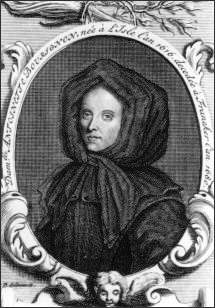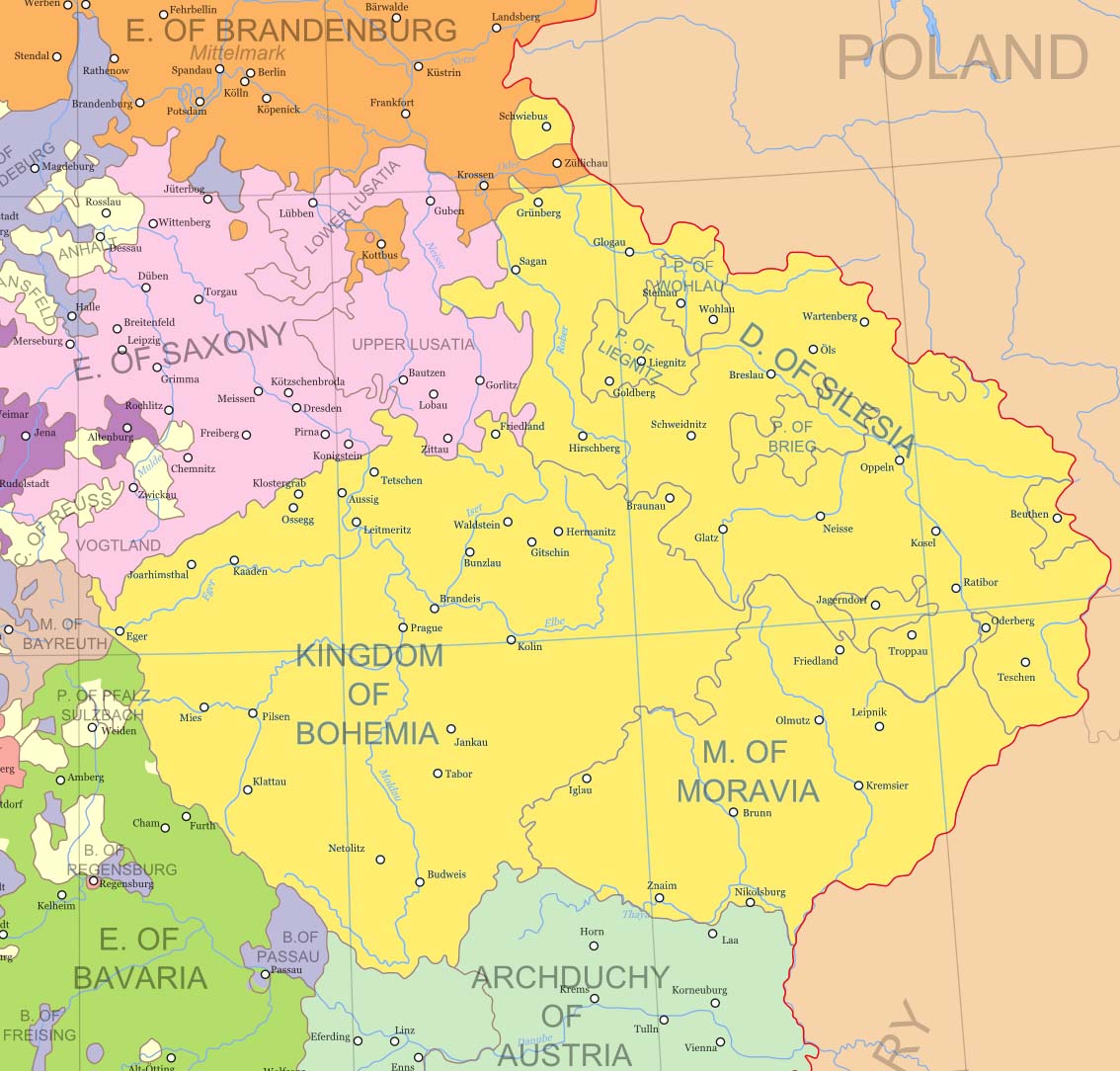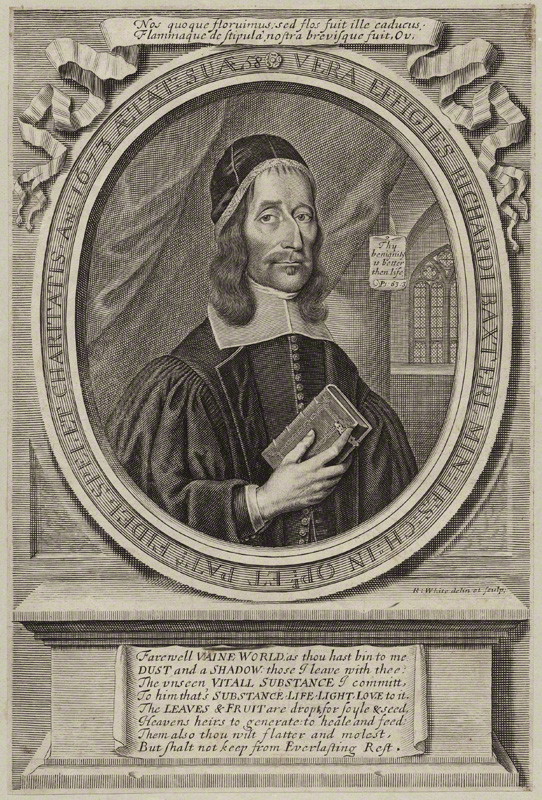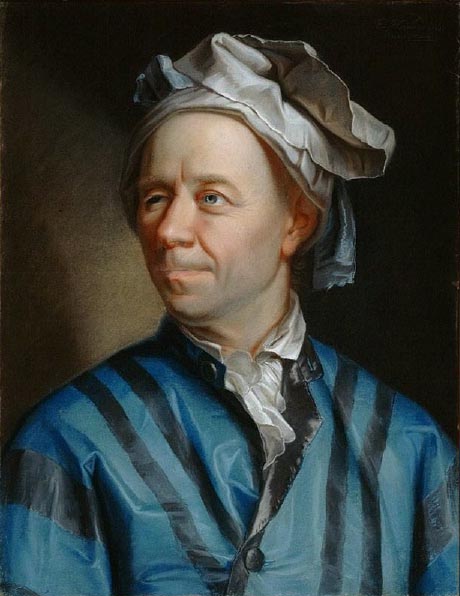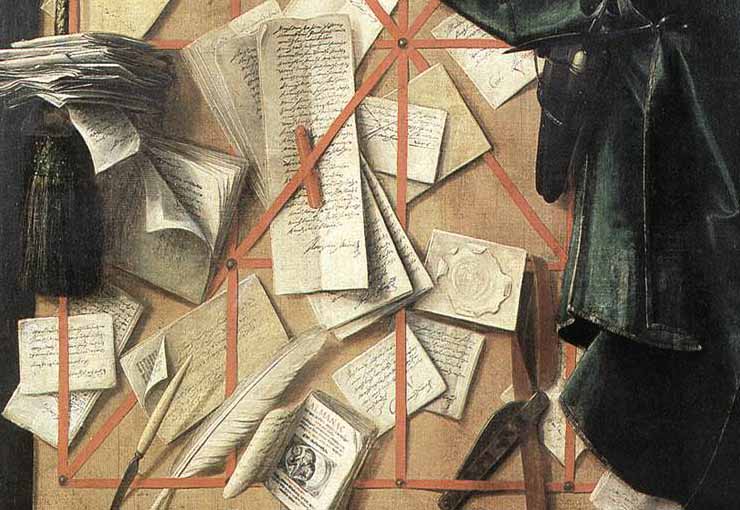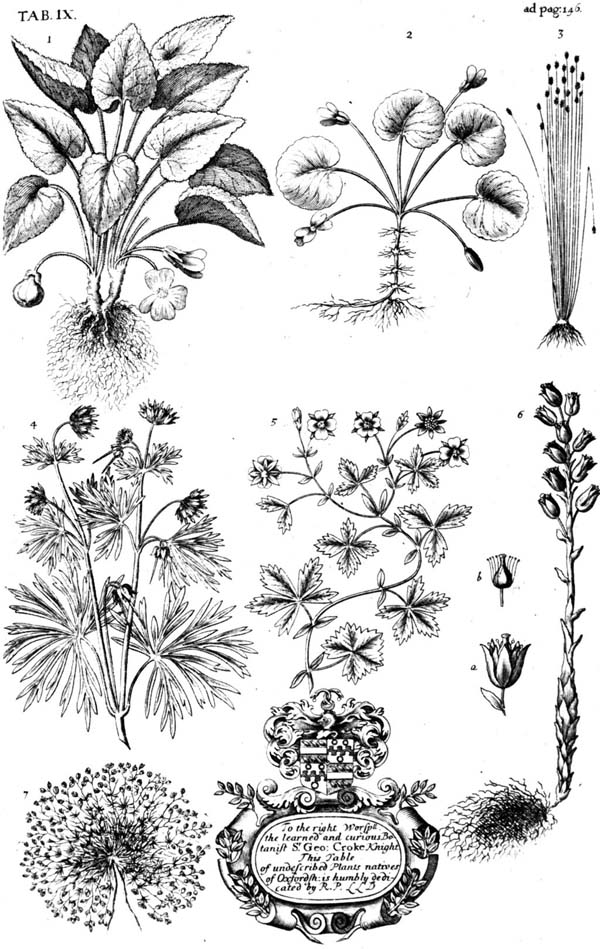
Illustration by Michael Burgers from Robert Plot’s ‘Natural History of Oxford-shire’ (Oxford, 1677), plate IX. (Source of image: Wikimedia Commons)
We are pleased to be publishing this week a catalogue of particular interest both to historians of science and to historians of collections: the correspondence of the first keeper of Oxford’s Ashmolean Museum, Robert Plot. Metadata for this correspondence has been collated from the indispensable work of Robert Gunther, the zoologist, antiquary, and historian of science who between 1920 and 1945 published fourteen volumes entitled Early Science in Oxford and who was himself the inaugural curator of Oxford’s Museum of the History of Science.
Robert Plot was known during his lifetime as ‘the learned Dr Plot’. He published natural histories of Oxfordshire and Staffordshire, and was appointed simultaneously Oxford’s first professor of chemistry and curator of Elias Ashmole’s substantial donation to the University, which formed the foundation of the Ashmolean. Plot lived and worked in the building in Broad Street (now the fittingly the Museum of the History of Science) that was constructed especially to display Ashmole’s gift alongside a School of Natural History, which was located on the middle floor, and a chemical laboratory, which was set out in the basement. Opening in 1683, the museum was the first institutional collection in England to permit access to the general public. Gunther is a mine of information about these crucial years of scientific advancement in Oxford, and there is many a treat in store for those who have not encountered his volumes hitherto. When discussing Plot’s resignation as secretary of the Royal Society, for example, Gunther considers the coach service between Oxford and London, speculating that this might have been a factor in Plot’s decision. ‘Between 1660 and 1669,’ Gunther writes, ‘a diligence ran from Oxford to London in two days. The passengers slept at Beaconsfield. In 1669 a Flying Coach started from All Souls College at 6 a.m. and reached the capital at 7 p.m. The cost was about twopence-halfpenny a mile.’ Somewhat pricey, my colleague the John Wallis scholar Philip Beeley has pointed out, when bearing in mind as comparison that a standard letter could be sent from Oxford to Scotland at a cost of just 5 pence.
Of course there is significant overlap between these letters published by Gunther and those in a number of alternative catalogues available already in EMLO, in particular those of Martin Lister and Edward Lhwyd (Lhwyd was Plot’s assistant at the fledgling Ashmolean and, from 1690, his successor to the post of Keeper), as well as with records in the Bodleian card catalogue. With the assistance of current Oxford students these parallel letter records are being linked to enable EMLO’s users to toggle between different interpretations of the same letter within the union catalogue, and this feature will be in place very shortly. In the meantime, we trust you will enjoy Plot’s letters, and we hope also you will take this opportunity to explore Gunther’s volumes.

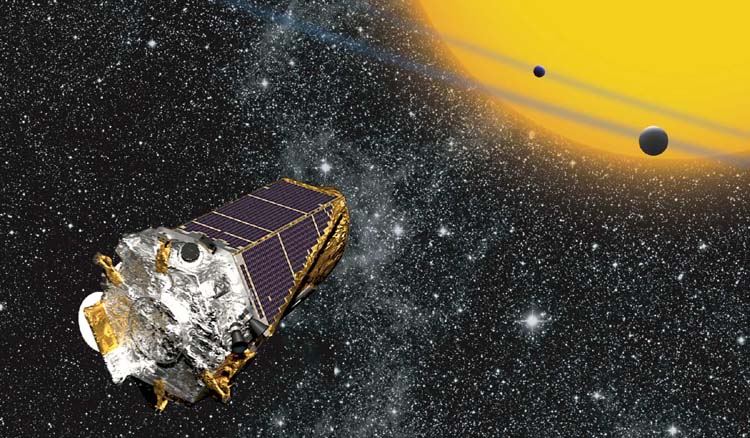
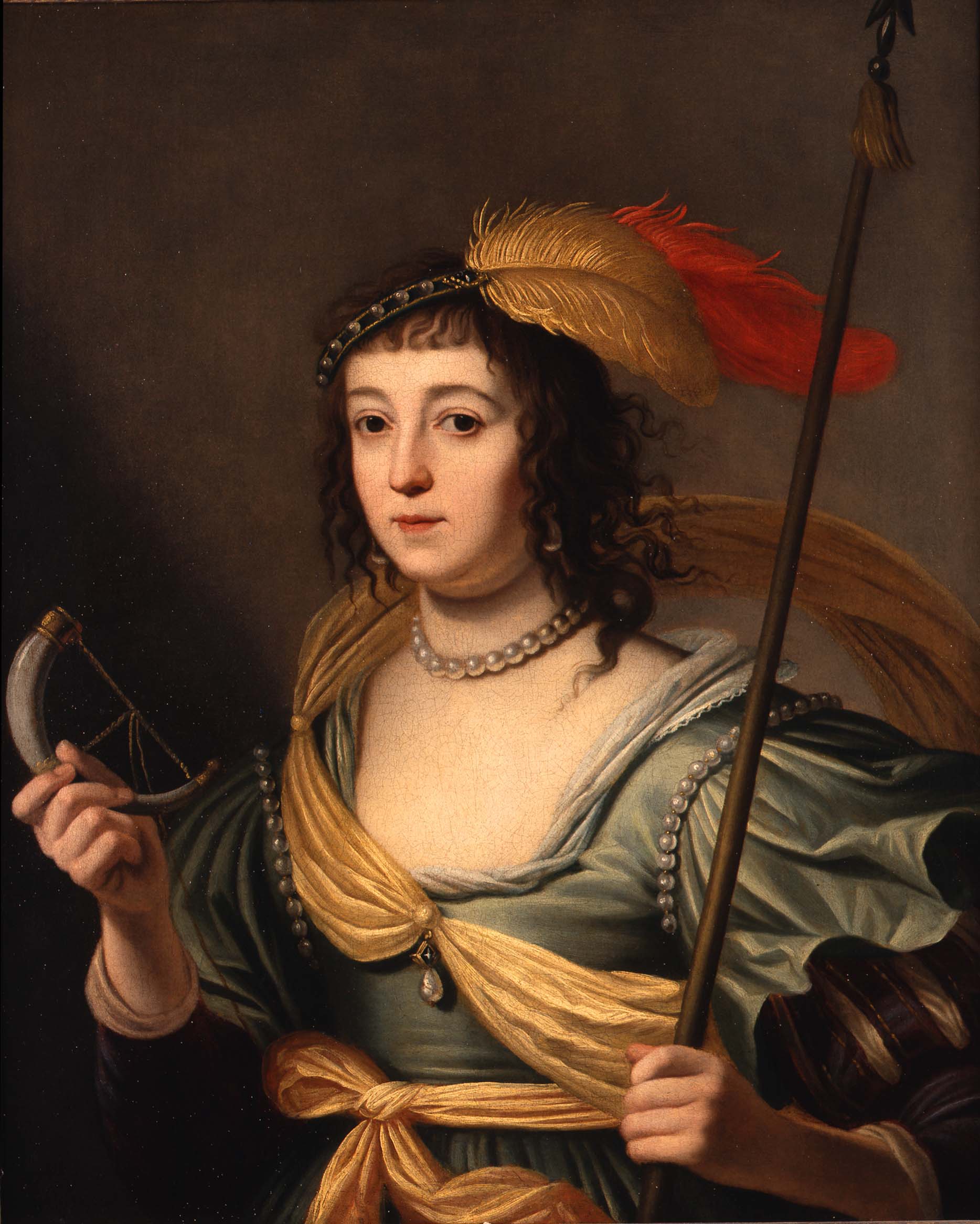
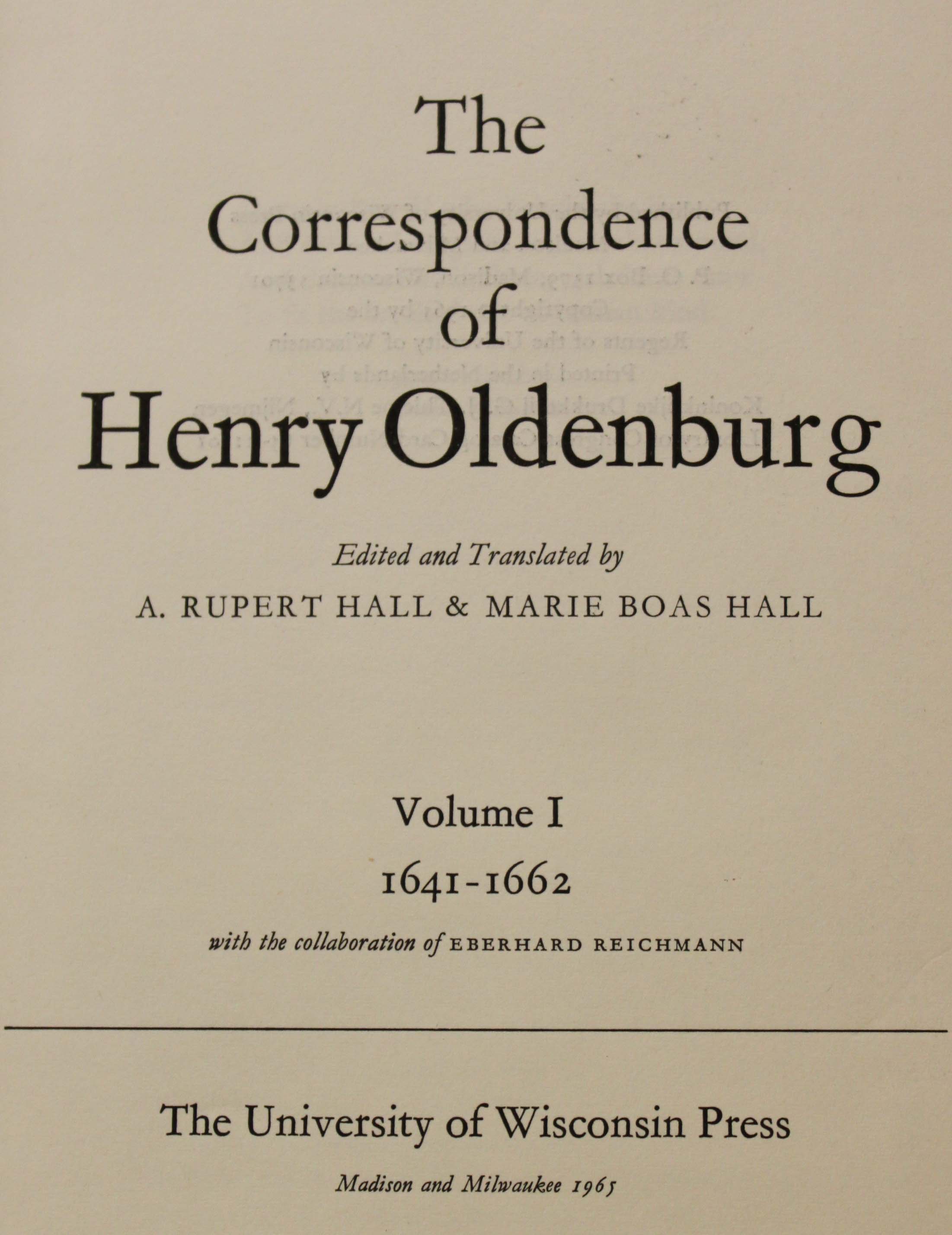 by
by 